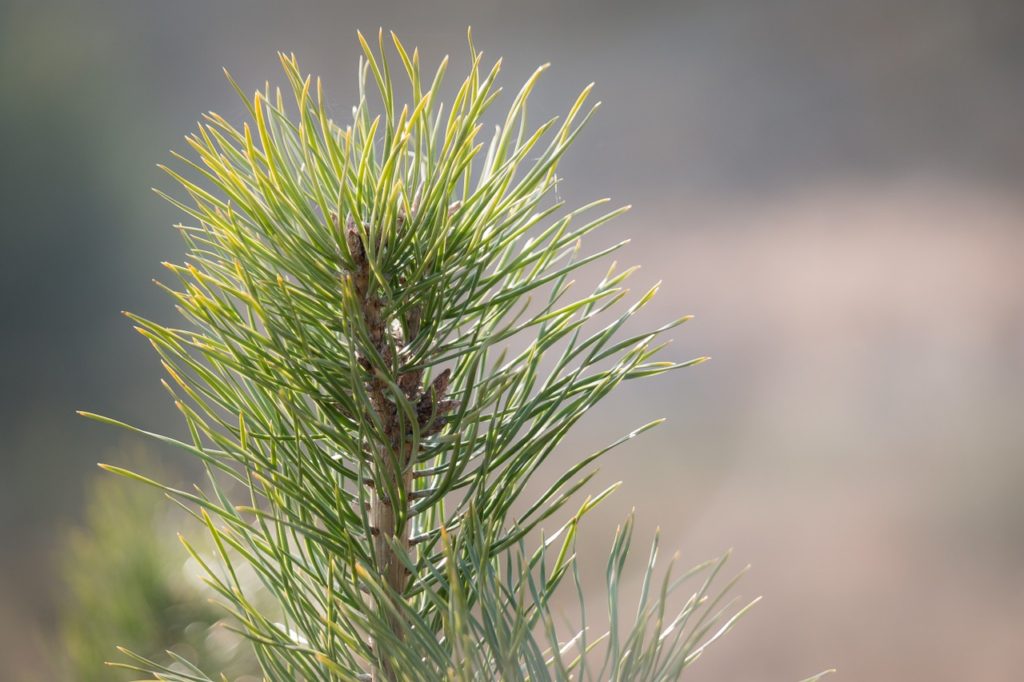In the wild, tinder raises your odds of survival. With tinder, comes fire (usually — it’s up to you really).
Tinder can come from many sources, but it tends to follow a few guidelines. It’s dead, dry, and contains a lot of surface area where flames can catch. Once you’ve lit some tinder, you can add kindling and then logs to make a roaring blaze.
There are many things you can pack with you that make excellent tinder, but the following list is what you should use when your baggy full of dryer lint runs out. Knowing what kinds of tinder you can find is a survival skill that will keep you warm and dry.
#1: Animal Dung
A prairie classic. Though buffalo or cow pies might be the most traditional, any poo’ll do.
#2: Dandelion Fluff
Don’t make a wish for survival and blow it away – use the fluff as tinder!
#3: Dried Moss
Moss is generally not dry, but if you can find it or dry some out, it can catch a spark.
#4: Leaves
Dead leaves can be found dry in trees even when the ground is damp. Crumble them for easy lighting.
#5: Grass
There’s a tiny chance that that conversation you overheard your teenager have about “smoking grass” was referencing survival skills. Cling to that hope.
Form dried grass into a bird’s nest shape to contain it in your fire pit.
#6: Pine Needles
Dried pine needles are one of the best, most readily available forms of tinder. Unlike most other materials, they light even when a little damp.

#7: Inner Bark
The inner bark from almost any dead tree makes reasonable tinder. It must be pounded to break apart its fibers.
Never use the inner bark from a black locust tree. Inhaling its poisonous smoke is not conducive to survival.
#8: Palm Bark
The bark from inside a palm tree is unique. It’s fabric-like in texture, catches easily, and requires no processing.
#9: Outer Bark
The outer bark of trees with fibrous park (e.g. juniper, cedar) can be used. Pound them as you would inner bark.
The outer bark of birch trees is unique and highly useful. Because of its high oil content, it will light even when wet.
#10: Weed Tops
The dried tops of dead weeds make prime tinder. Again, when your kid was talking about “picking up some weed”, that was probably in reference to camping plans.
#11: Seed Down
Cattail, milkweed, and thistle are all ideal for this. Their fluffy down is one of the best forms of tinder out there.
#12: Wood Shavings
If you can’t find tinder but you’ve managed to keep your firewood dry, cut thin shavings of it to use as tinder. We mean thin.
#13: Coconut Shell Fibers
It’s a commonly known fact from Gilligan’s Island that once the Professor made his coconut radio, he used the fibers on the shell as tinder for a signal fire.
Well … don’t quote us on that. But it is true that coconut fibers are functional tinder.
#14: Tinder Fungus
Tinder fungus grows under the bark of living birch trees. It’s brown, crumbles into a powder, and will actually hold a glow when struck by sparks.
#15: Punk Wood
Punk wood is wood that is partially rotted. It has to be dry, but is effective tinder once it’s no longer damp.
#16: Fatwood
Fatwood is wood from the heart of a pine tree that’s impregnated with sap. When cut into shavings, the sap helps it to light quickly.
#17: Bird Down
If you can find enough dry bird down, it can be used for tinder. Better yet – find an abandoned nest for a ready-to-go tinder bundle.
Don’t use an active bird’s nest for tinder, as that basically makes you a heartless monster. Baby birds scream when they burn.
#18: Cactus
When cactus is living, it holds gallons of water. But when it’s dead and dried out, it burns just as easily as anything else.
It will still have spikes on it though. Don’t grab the spikes.
#19: Hardened Conifer Resin
When a conifer has lost a branch or been damaged, it seeps resin that dries into a hardened chunk. This resin is easy to harvest, portable, and flammable.
#20: Old Man’s Beard
Old man’s beard is a hanging lichen. It’s generally quite dry and grows all over the world. Like most things on this list, it won’t be any good after a rainstorm.
Safety Note: Old poison ivy vines are covered in dead plant material that looks like amazing tinder – and it is. The only problem is that the roaring fire you’ve built is now poisonous. Inhaling smoke from poison ivy plants, even dead ones, can give you rashes in your lungs. We’ve read a lot of survival advice, but never any that recommend lung rashes as the key to success. (Check out this book for a full list of common poisonous plants in North America.)
With that in mind, happy hunting!